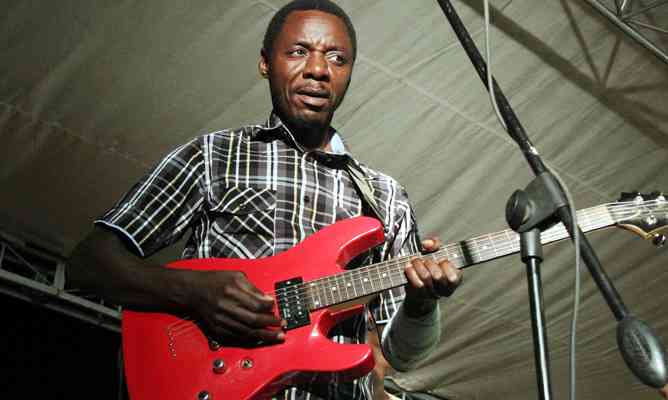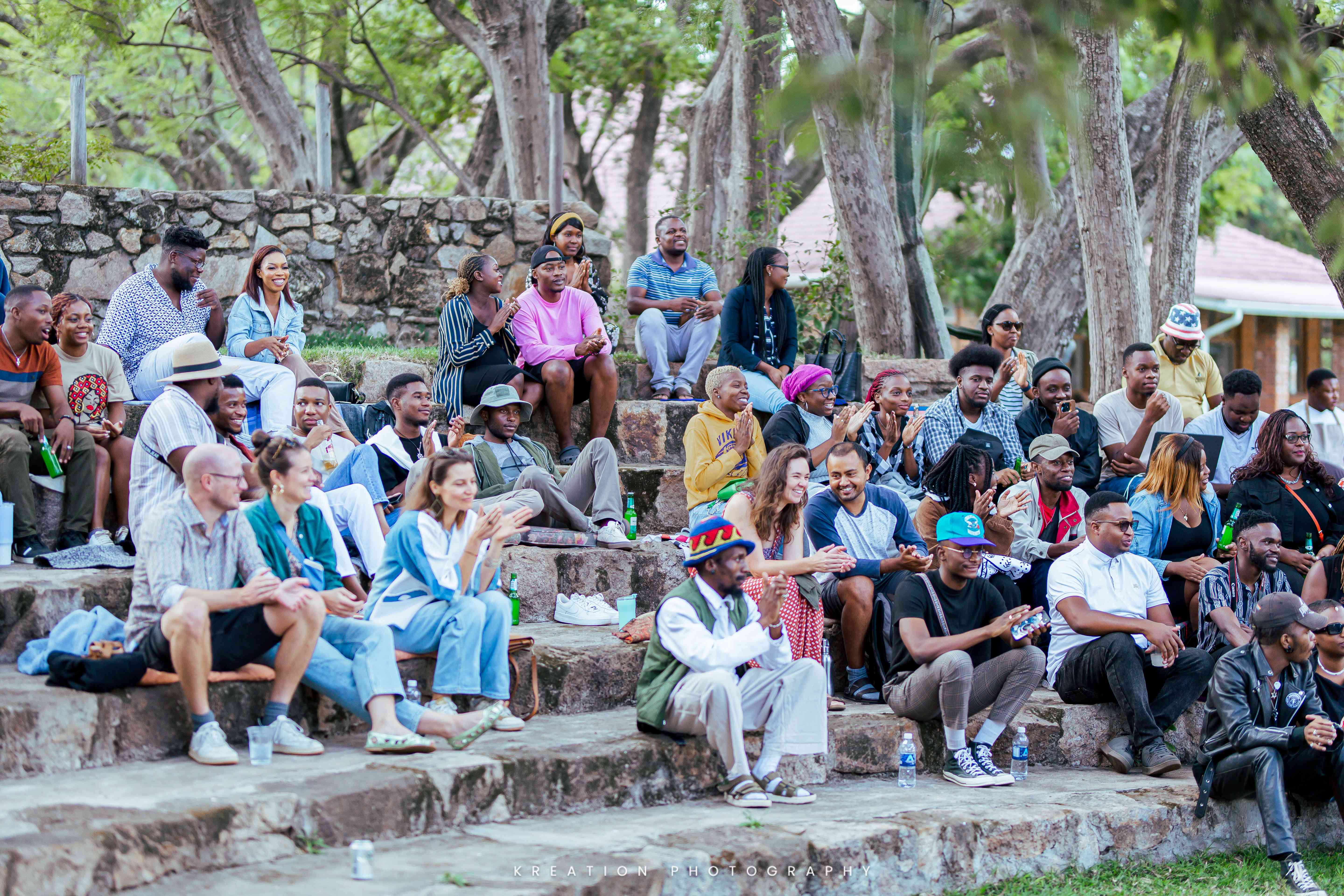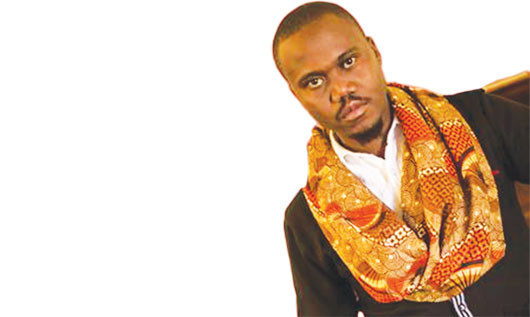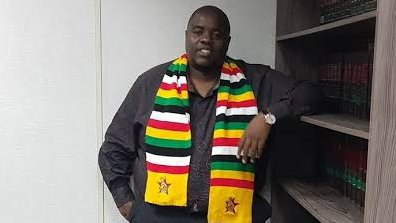
______________________________________________________________________
DUSTY MILLER

The major wine changes made at the large, historic (established in 1918 originally as an export-only co-operative) winery were carried out under the fairly recent guidance of Australian cellar master Richard Rowe, whose driving slogan was “drinkability”.
This translated into making more elegant, well balanced, fresher wines of quality as well as closely evaluating range compositions.
The top-of-the range Mentors range in particular, with its own dedicated production cellar, has reaped the benefit of vineyard selection where particular parcels have been selected because of what they can bring to the wines.
This strategy has culminated in an unprecedented number of awards in recent years.
Richard has handed the reins over to new chief winemaker Johann Fourie, who toured Zimbabwe late last year; I met him and some of his dedicated colleagues while touring KWV headquarters at lovely La Concorde in Paarl, Western Cape.
- Chamisa under fire over US$120K donation
- Mavhunga puts DeMbare into Chibuku quarterfinals
- Pension funds bet on Cabora Bassa oilfields
- Councils defy govt fire tender directive
Keep Reading
I’d been driven there from their superb home high on a mountain at Constantia, overlooking False Bay, by George Thomson, who has the exclusive Zimbabwe agency for KWV and Bols and his charming wife, Anne.
This week we’ll look at KWV’s 2013 Sauvignon-Blanc range. Sauv-Blanc is always popular with white wine drinkers on its own or with a mixer, usually soda water, as a spritzer cocktail.
At entry level is the KWV Classic Collection 2013 Sauvignon-Blanc, which I’m told is the fourth most popular white wine sold at TM and Pick ‘n’ Pay outlets in this country.
A wine of origin from the Western Cape generally, vintage conditions included a cool, wet winter which ensured even grape budding on the vines and replenishes soil moisture. Relatively cooler springtime temperatures resulted in reduced vigour and higher quality.
This pace persisted through early summer, which was warm and dry, followed some rain later in the season which contributed to a longer ripening period with low disease manifestation.
Overall the season delivered fruit with great structure, concentration and flavour.This elegant and complex sauvignon-Blanc wine exudes aromas of limes and green apple hints of spice and tropical overtones. The palate is lively and juicy with a crisp acidity and zesty, lingering finish. It was not matured.
Drink now or lay down for up to a couple of years from vintage. Alcohol content is 13,46%; pH 3,30; Total acidity 6,19g/l; Residual sugar 4,51 g/l. Expect to pay in Zimbabwean retail outlets around US$9,50 a bottle; in restaurants between US$15 and US$30.
Slightly more upmarket is KWV’s Sauvignon Blanc Reserve Collection which is layered with aromas of gooseberry, guava and granadilla with hints of grapefruit and flint. The wine is appealingly clean and bracing on the palate which is layered with aromas of gooseberry, guava and granadilla with hints of grapefruit and flint. The wine is appealingly clean and bracing on the palate.
The subtle, understated natural fruit sweetness is complimented by a linear acidity and followed by a lingering crisp finish.
Marginally less alcohol, at 13,30%. and much less residual sugar at 2,13 g/l, this wine retails in supermarkets and bottle stores in Zimbabwe around US$12 and you should probably expect to pay between US$16 and US$33 at the dinner table, subject to overheads and mark-up policy of the chosen restaurant.
Buy and drink it now or cellar it for up to three years. My first reaction was that KWV’s labels and bottles were a wee bit retro and old fashioned, but the classical elegance of the lines and printing founts now appeals.
Paradoxically, perhaps the most attractive label (in my opinion) on the Sauv-Blanc is on the middle-of-the-road Reserve Collection. KWV’s top-of-the-range Mentors Collection labeling still seems very basic for a wine you have to order specially from Cape Wines at Msasa at around US$21-US$22 a bottle, which could well set you back US$60-US$70 in a larney restaurant or five-star hotel.
The wine sampled was from 100% Darling grapes, I understand there is also one from Stellenbosch.
Latest vintage available is 2012, when the Darling grapes produced seven-to-eight tonnes per hectare. Labeling still seems very basic for a wine you have to order specially from.
Meticulous vineyard management of these trellised vines ensured fruit of outstanding quality, expressive of both the Sauvignon-Blanc cultivar and the terroir (geography/geology/climate) of the place.
Ripening was tightly monitored and collaboration between viticulturist (farmer) and winemaker ensured that then grapes were picked at the optimum physiological ripeness.
The wine was made using reductive processing from crushing to bottling. Crushing was slow and gentle to ensure grapes cooled sufficiently to prevent oxidation of juice. Skin contact of three hours was allowed to reach the desired acidity level.
Settling of juice was allowed for 48 hours followed by careful racking in the fermentation tank. Fermentation was 16C-18C up to 3% alcohol level to promote thiol flavour conversion. Thereafter the wine was fermented at 12C-13C to preserve fruit flavours.
This wine is 100% tank fermented and spent 60 days on fermentation lees, the lees being stirred once weekly to enhance the mouth feel of the wine.
The wine was matured for six months in 500 litre second and third-fill barrels.
Bottled in January 2013 from the previous year’s harvest, only 5 300 bottles were produced. You can enjoy it now or over the next two or three years. It bursts with fragrances of gooseberry, lime, asparagus and passion fruit and has 13,15% alcohol with 1,66 g/l residual sugar.
Sauvignon-Blanc wine can be drunk on their own, with roast white meat dishes, seafood, a variety of salads, sushi and a variety of cheeses. It is best served [email protected]











